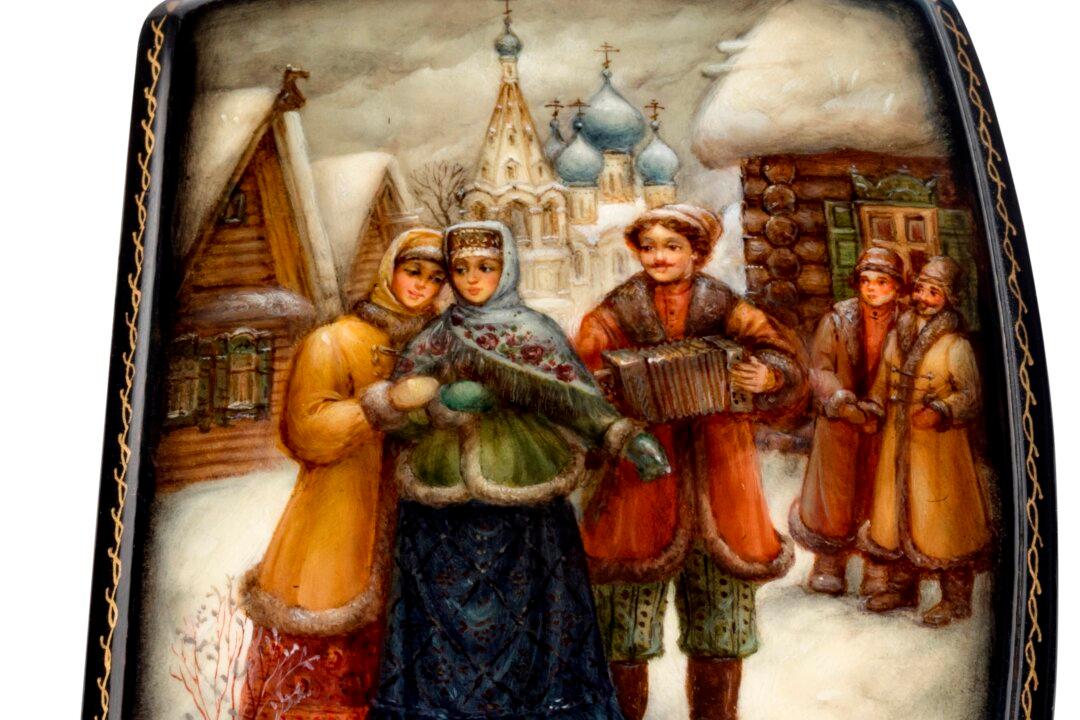You may have heard of oud—the rich, woodsy aroma that many fashion houses sell, typically as one of their most expensive fragrances. With oud oil valued at up to $13,000 per pound, these fragrances merit their price tag. Historically, even King Louis XIV famously soaked his royal robes in it.
Perfume or cologne connoisseurs may have even heard that the unique scent comes from Southeast Asia’s agarwood tree when it becomes infected with a particular mold. But that’s only half the story.




